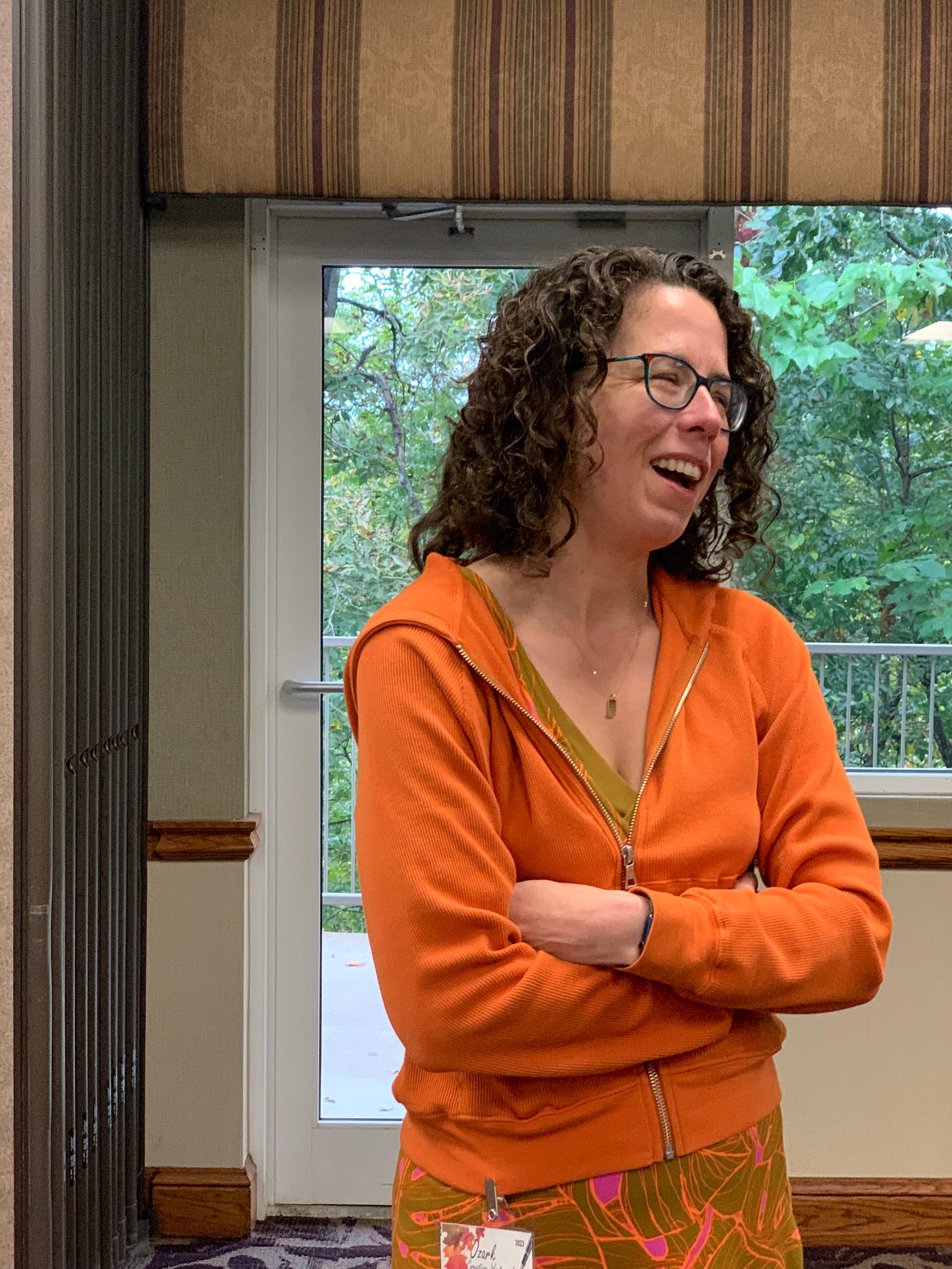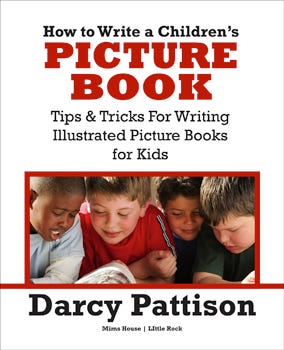Learning from Jane Friedman and Other Writers
The Ozark Creative Writer's Conference 2023
This weekend, I was invited to speak at the Ozark Creative Writers Conference in Eureka Springs, AR. It was great to meet with other writers from my state and region. We had attendees from Texas, Florida, north Indiana, and other far-flung places. Why?
Because the fabulous Jane Friedman spoke. As a speaker, writer, and author, she analyzes the publishing industry from a high-level view of connecting the written word with readers.
Jane Friedman’s Wisdom
Two sessions were about going beyond the book. With great wit and humor, she quickly recapped of publishing history since Gutenberg’s printing press brought wide distribution to the written word. For our contemporary world, Jane pointed to the many ways to reach readers: books, Wattpad stories, Ream author subscriptions, reading apps, serialized fiction such as cell-phone novels, and many other online platforms. She talked about formats: graphic novels, movies, plays, and whatever you dream up next! The big idea was that Story (with a capital S) can connect with readers in many places, and you should investigate those. You may be surprised at what is right for your story and your audience.
Jane’s other sessions focused on the writer’s website and newsletter. For example, it’s surprising how many author websites have a front page that doesn’t mention the author’s name and genre. Basic information—vital to someone new to your books—is omitted in the rush to get to other information. The home page needs your author name, genre, perhaps a tag line (great if you’re a New York Times Best Seller!), and then a coherent menu for other items. The About Page needs a copy-and-paste bio first, and then you can add a longer, rambling essay about your books if you like.
For me, one interesting thing was when Jane talked about author websites for those who write in multiple genres. Right now, my books are at MimsHouseBooks.com, I blog about the how-tos of self-publishing children’s books here, and I also have my legacy DarcyPattison.com site. On that one, I wrote for ten years about writing fiction and nonfiction for kids. Some of the blog posts still receive hundreds of reads/day. But—it’s not doing me any good right now. Long ago, I saved the important posts to reuse as I like. I need to refocus on that site and use it to redirect folks to either MimsHouseBooks.com or IndieKidsBooks.com. It won’t be a big site or a big thing to repurpose. Basically, it’ll be a traffic sign for those who need it.
Find more about Jane Friedman at JaneFriedman.com , where you can study her author website for inspiration.
The Writing Community – You Aren’t Alone
Another great thing about a conference such as the Ozark Creative Writers is to be immersed in the author community for a while. Conversations swirled about books, marketing, the fickle reader, the psychology of writing and continuing to write in the face of X or Y difficulties, and the encouragement of those who cheer for the success of anyone brave enough to attempt this lousy profession. Isn’t it a delight to be with folks who speak your language?
I don’t have an insights from these conversations, just comfort that there are many who are going through similar experiences. And it’s valuable to know that I’m not alone.
Teaching
I taught one session on How To Write a Children’s Picture Book. As part of the class, we wrote a focusing statement: This is a story about __________, who more than anything else wants ________, but can’t because of A.__________B.____________, C.______________, UNTIL _________(resolution).
One lady (fortunately a friend!) wrote about a pig who wanted a beautiful necklace but couldn’t because A, B, C, UNTIL a girl sat on the fence and dropped a necklace.
I hesitated, then said, “NO! The main character must solve their own problem.”
We all laughed because, well, of course, we all KNOW that. It was just in the heat of the moment, the author had a lapse. (Fortunately this friend has a sense of humor).
Lesson: It’s good to have a sense of humor at a writing conference!
The second session I taught was Successful Indie Publishing. I started with the importance of having a vision for your publishing program. I write science-curriculum related books, but with a trade spin by adding a hook.
For example, every second-grade science class must include a section on sound waves. My book, CLANG, puts that study into historical context by talking about Ernst Chladni (KLOD-nee), a German sound scientist, who went Napoleon’s court to entertain him with sound experiments. Napoleon gave Chladni money to continue his sound research and therefore, the basic book on acoustics is written in French instead of German. That trade hook sells the book. Second grade teachers don’t just like this story, they NEED this story to teach well.
Another point is that successful children’s books need great art. Much of my success can be attributed to my surprising ability to be a good art director. I choose artists whose work I love and then we work to produce the best book possible. One of the failings of many indie children’s book is poor or mediocre art. As indies, I believe we need to up the game on our choices of artists. That doesn’t mean we break the bank; I still stay within my modest budgets.
But I look for and find people who can create amazing art anyway. I wonder if there’s any interest in a one-time video webinar on choosing great illustrators?
Conferences work because in person things can happen that can’t happen any other way. The serendipity of the moment puts things together in new ways: break-throughs in understanding, a determination to work smarter, or quietly squeezing someone’s hand as a way to encourage. I love going to conferences! Don’t you?




I stumbled across Jane Friedman and read one of her articles. That’s how I found you! I subscribed to her e-mails.